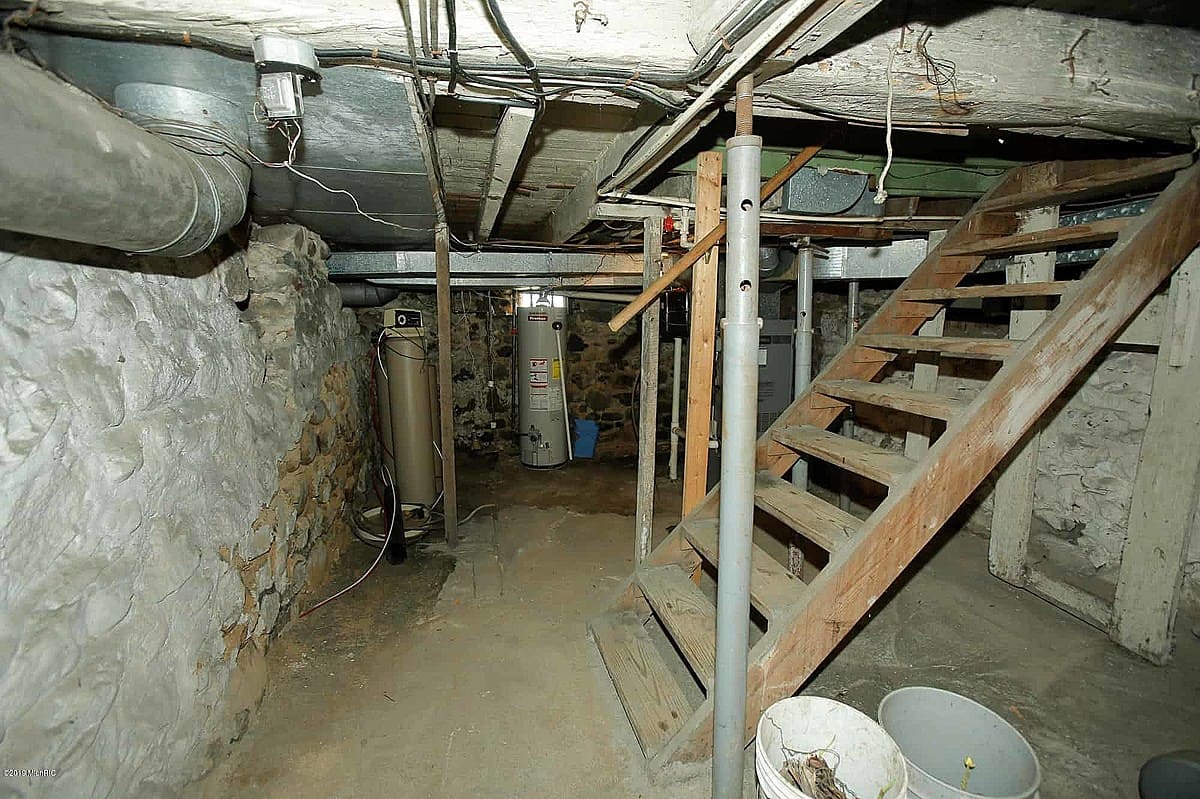

Articles
What Is A Michigan Basement
Modified: March 2, 2024
Discover what a Michigan basement is and why it's a unique feature found in many homes. Read our informative articles to learn more about this interesting architectural element.
(Many of the links in this article redirect to a specific reviewed product. Your purchase of these products through affiliate links helps to generate commission for Storables.com, at no extra cost. Learn more)
Introduction
The term “Michigan Basement” may be unfamiliar to some, especially those living outside of the Midwest region of the United States. However, for residents of Michigan and neighboring states, the concept of a Michigan Basement is a familiar one. A Michigan Basement is a unique feature found in many older homes in the area and has a rich history and set of characteristics that make it noteworthy.
In this article, we will explore the definition, origins, characteristics, uses, advantages, and disadvantages of a Michigan Basement. Whether you have lived in a home with a Michigan Basement or are simply curious about this architectural element, this article will provide you with a comprehensive understanding of what a Michigan Basement entails.
So, let’s dive in and discover the world of Michigan Basements, uncovering their secrets and shedding light on their unique place in architectural heritage.
Key Takeaways:
- The Michigan Basement, a unique architectural feature in the Midwest, offers cost-effective storage and utility space, but homeowners should consider its limitations, maintenance needs, and potential for creative adaptations.
- Understanding the history, characteristics, and variations of Michigan Basements empowers homeowners to appreciate their value, make informed decisions, and creatively adapt these spaces to suit modern lifestyle needs while preserving their historical significance.
Read more: What Is The State Wildflower Of Michigan?
Definition of a Michigan Basement
A Michigan Basement is a term used to describe a type of basement commonly found in homes throughout the state of Michigan and other areas of the Midwest. It is a unique style of basement that differs from the traditional basements found in other parts of the country.
The distinguishing characteristic of a Michigan Basement is that it is typically a shallow, partial basement that is not fully below ground level. Instead of being located beneath the entire footprint of the house, a Michigan Basement is typically found beneath only a portion of the home, usually the main living area or a section of the house.
Michigan Basements are often referred to as “crawlspaces” because of their limited height and accessibility. They are usually between 4 to 6 feet in height, making them too low to stand upright in and requiring occupants to crouch or crawl when moving around.
Unlike traditional basements, Michigan Basements are not intended to be livable spaces. They are primarily used for storage, housing essential home utilities such as furnaces, water heaters, and electrical panels, and providing access to plumbing and wiring.
It is important to note that the term “Michigan Basement” is not limited to basements located within the state of Michigan. Similar basement styles can be found in other adjacent states, such as Wisconsin, Indiana, and Ohio.
Origins and History
The origins of the Michigan Basement can be traced back to the early settlers in the Midwest during the 19th century. These settlers were often faced with limited resources and harsh weather conditions, making it necessary to construct homes that were practical and efficient.
Due to the abundance of clay soil in the region, digging deep basements was a challenging and time-consuming task. As a result, the construction of shallow basements that could be easily excavated became a common practice. These basements were typically built with stone, brick, or wood foundations to provide structural support and prevent moisture penetration.
The Michigan Basement design allowed for quick and cost-effective construction while still providing some storage space and housing essential utilities. The partial basement design also helped to mitigate the risk of flooding and water damage, as the shallow depth made it less susceptible to groundwater issues.
Over the years, as the region developed and new construction techniques emerged, the design of basements evolved. Full basements became more common, especially in newer homes. However, many older homes built in the early 20th century and before still retain their original Michigan Basements.
The Michigan Basement has become an integral part of the architectural heritage of the Midwest, serving as a reminder of the practicality and resourcefulness of early settlers. It has also become a distinguishing feature of many older homes in the region, adding to their charm and character.
Today, as homeowners renovate and modernize their properties, Michigan Basements may undergo modifications to enhance their functionality and usability. However, efforts are also made to preserve the historical integrity of these basements, as they serve as a link to the past and a reflection of the architectural traditions of the region.
Characteristics and Features
Michigan Basements have several distinctive characteristics and features that set them apart from traditional basements. Understanding these characteristics will give you a better appreciation of what makes a Michigan Basement unique.
One of the primary characteristics of a Michigan Basement is its shallow depth. Typically, these basements are only a few feet below ground level, resulting in limited headroom and accessibility. The low ceiling height requires occupants to crouch or crawl when navigating the space, hence the term “crawlspaces.”
Another notable feature of a Michigan Basement is its construction materials. Due to its shallow depth, Michigan Basements are often built with stone foundations, brick walls, or wooden supports. These materials offer structural integrity while also being readily available and cost-effective.
Ventilation in a Michigan Basement may be limited compared to traditional basements. Due to their partially below-ground nature and restricted access, these basements may have fewer or smaller windows, which can impact airflow and natural lighting. As a result, supplemental forms of ventilation and lighting may be required.
Moisture management is another important consideration in Michigan Basements. The shallow depth means that these basements are more susceptible to moisture intrusion, such as groundwater seepage and condensation. Proper waterproofing measures and drainage systems are essential to prevent dampness and mold growth.
Michigan Basements often house home utilities, including furnaces, water heaters, and electrical panels. These systems are typically located in dedicated utility rooms within the basement, allowing easy access for maintenance and repairs. The presence of these utilities may require additional safety measures and clearances to ensure proper operation.
Despite their limitations, Michigan Basements can still serve as functional storage spaces. Homeowners may utilize the crawlspaces to store seasonal items, household items, or even create workshop spaces. However, due to the limited height, careful organization and efficient use of space are necessary.
Overall, the characteristics and features of a Michigan Basement reflect its practicality and adaptation to the unique challenges of the region. While they may not offer the same livability as traditional basements, Michigan Basements play an important role in the overall functionality and history of homes in the Midwest.
Common Uses
While Michigan Basements may not be designed for habitation like traditional basements, they serve a variety of practical purposes. Understanding these common uses will give you a better idea of how homeowners make the most of their Michigan Basements.
Storage is one of the primary uses for a Michigan Basement. The limited height and accessibility make it an ideal space to store seasonal items, such as holiday decorations or outdoor furniture. Homeowners can also use it for long-term storage of less frequently used items, such as old furniture, sports equipment, or archived documents.
The location of essential home utilities is another common use for a Michigan Basement. Many homes have their furnaces, water heaters, sump pumps, and electrical panels located in the basement. The cool and dry environment of the basement is conducive to maintaining and protecting these systems.
In addition to storage and utility purposes, Michigan Basements are often used for laundry areas. The plumbing infrastructure necessary for washing machines and dryers is typically easily accessible in the basement. Homeowners can create functional laundry spaces, complete with storage for laundry supplies and folding countertops.
Some homeowners also use their Michigan Basements as workshop areas. The limited height may not be an issue when working on projects that don’t require standing upright. These basements can be transformed into hobby spaces, where woodworking, crafts, and DIY projects can take place. The storage and utility access make it convenient for storing tools and materials.
Another common use for Michigan Basements is as recreational areas or game rooms. While the limited height may restrict certain activities, homeowners can still set up entertainment areas, such as pool tables, game consoles, or home theaters. The basement’s natural insulation can create a cozy and quiet space for relaxation and leisure activities.
Homeowners can also convert their Michigan Basements into exercise or fitness spaces. With proper ventilation and lighting, these basements can house gym equipment, yoga mats, or even create a dedicated area for home workouts. The private and enclosed nature of the basement allows for uninterrupted exercise sessions.
Ultimately, the specific use of a Michigan Basement depends on the individual homeowner’s needs and preferences. The practicality and functionality of these spaces make them versatile and adaptable to various purposes, enhancing the overall usability of the home.
Read more: When To Seed Grass In Michigan
Advantages and Disadvantages
Like any architectural feature, Michigan Basements come with their own set of advantages and disadvantages. Understanding these pros and cons will help homeowners make informed decisions about their homes and enable potential buyers to weigh the benefits and challenges of having a Michigan Basement.
Advantages
- Cost-effective: Michigan Basements are generally less expensive to construct and maintain compared to full basements. The shallower excavation reduces construction costs and requires fewer materials.
- Storage Space: The crawlspaces of Michigan Basements provide valuable storage space for homeowners. They can store seasonal items, household goods, and other belongings, helping to keep the living areas organized and clutter-free.
- Utility Hub: Michigan Basements house essential home utilities such as furnaces, water heaters, and electrical panels. Having these systems located in the basement allows for easy access, maintenance, and repairs.
- Protection from Flooding: Due to their shallow depth, Michigan Basements are less susceptible to flooding from heavy rain or rising groundwater levels. This provides peace of mind for homeowners, reducing the risk of water damage.
- Energy Efficiency: The natural insulation provided by the surrounding soil can help maintain stable temperatures in the basement. This can contribute to improved energy efficiency and lower heating and cooling costs in the home.
Disadvantages
- Limited Headroom: The low ceiling height of Michigan Basements restricts movement and limits the activities that can take place in the space. Standing upright is usually not possible, and occupants may have to crawl or crouch.
- Lack of Livable Space: Unlike full basements, Michigan Basements are not typically designed for habitation. They lack the necessary amenities and comforts that make a space suitable for living, such as proper lighting, ventilation, and egress.
- Moisture Concerns: The shallow nature of Michigan Basements makes them more susceptible to moisture intrusion. Proper waterproofing and drainage systems are essential to prevent issues such as dampness, mold growth, and potential damage to stored items.
- Limited Natural Light: Due to the partially below-ground nature and smaller windows, natural lighting in Michigan Basements may be limited. This can create a darker and less inviting environment compared to full basements or above-ground living spaces.
- Accessibility Challenges: The restricted access and limited headroom of Michigan Basements can present challenges for individuals with mobility issues or physical disabilities. Navigating the space may be difficult or impossible for some individuals.
Ultimately, the decision to have a Michigan Basement or purchase a home with one depends on individual preferences, needs, and lifestyle. It is important to weigh the advantages and disadvantages to determine if a Michigan Basement aligns with your requirements and expectations for a home.
Popular Variations
While Michigan Basements generally share common characteristics, there are some variations and adaptations that homeowners have made over the years to maximize the functionality and usability of these spaces. Here are some popular variations you may come across:
Converted Living Spaces:
Some homeowners choose to convert their Michigan Basements into habitable living spaces. By making modifications such as raising the ceiling height, installing proper lighting, and improving ventilation, these basements can be transformed into additional bedrooms, family rooms, or even home offices. These renovations often involve professional assistance and compliance with local building codes.
Finished Basements:
Another variation is the option to finish the Michigan Basement. In a finished basement, the walls are covered, the floors are finished, and the space is transformed into a more polished and comfortable area. This can make the basement more appealing for recreational purposes, creating a home entertainment area, a home gym, or a playroom for children.
Egress Window Installations:
In situations where safety codes and regulations permit, some homeowners opt to install egress windows in their Michigan Basements. Egress windows serve as a secondary means of escape in case of an emergency and also allow more natural light to enter the space. This variation enhances the usability of the basement and increases its safety features.
Walkout Basements:
A walkout basement is a variation of the Michigan Basement that incorporates an exterior door or access point to the outside. This modification allows for easier entry and exit from the basement and introduces more natural light into the space. Walkout basements are desirable for homes built on sloped lots, as they provide direct access to the yard or outdoor living areas.
It is important to note that these variations may require additional investment in terms of construction, permits, and renovation. Homeowners should consult with professionals and ensure compliance with local regulations before undertaking any modifications or additions to their Michigan Basements.
Whether homeowners choose to keep their Michigan Basements in their original form or explore these popular variations, the adaptability of these spaces allows for customization and personalization based on individual needs and preferences.
Read more: What Is A Basement
Maintenance and Upkeep
Proper maintenance and regular upkeep are essential to ensure the longevity and functionality of a Michigan Basement. Despite its unique characteristics, following some key maintenance practices will help homeowners keep their basements in good condition. Here are some important tips to consider:
1. Waterproofing:
One of the primary concerns with Michigan Basements is moisture intrusion. Proper waterproofing is essential to prevent dampness, mold growth, and potential damage to stored items. This includes measures such as sealing foundation cracks, installing proper drainage systems, and ensuring proper grading around the home to divert water away from the foundation.
2. Ventilation and Air Circulation:
Good ventilation and air circulation are crucial to minimize moisture buildup and prevent stale air in the basement. Ensure that the basement has proper airflow by opening windows when weather permits or using fans and dehumidifiers to promote air movement. Regularly clean and maintain any ventilation systems, such as HVAC vents, to ensure they are free from blockages.
3. Insulation:
Proper insulation in a Michigan Basement helps regulate temperature and reduces energy consumption. Insulate exposed surfaces, such as walls and pipes, to prevent condensation and keep the basement comfortable. Consider insulating the floor above the basement to further improve energy efficiency and reduce heat loss.
Read more: When To Start Seeds In Michigan
4. Pest Control:
Like any below-ground space, Michigan Basements can be susceptible to pests. Take preventative measures, such as sealing any entry points, ensuring secure window screens, and keeping the area clean and free of food debris. Regular pest inspections and professional treatment, if necessary, can help prevent infestations.
5. Regular Cleaning:
Regular cleaning of the basement is important to maintain a healthy and organized space. Remove any debris, dust, and cobwebs regularly to prevent buildup. Wipe down surfaces, sweep or vacuum the floor, and clean any appliances or equipment in the basement. Regular cleaning helps in identifying any potential issues, such as leaks or signs of damage.
6. Regular Maintenance of Utilities:
As the Michigan Basement often houses essential home utilities, schedule regular maintenance for these systems. Have HVAC systems serviced annually, flush water heaters, and inspect electrical panels for any signs of damage or wear. Taking proactive measures to maintain these utilities can help prevent costly repairs and ensure their optimal performance.
By following these maintenance and upkeep tips, homeowners can keep their Michigan Basements in good condition, extending their lifespan and ensuring that they remain functional and safe spaces within the home.
Conclusion
The Michigan Basement is a unique architectural feature found in many homes throughout Michigan and neighboring states. Its shallow depth, storage capacity, and utility functionality make it a practical and distinctive element of Midwest homes.
While the Michigan Basement offers advantages such as cost-effectiveness, storage space, and protection from flooding, it also comes with its limitations. The limited headroom, lack of livable space, and potential moisture concerns are factors that homeowners and potential buyers should consider.
However, homeowners have found ways to adapt and utilize Michigan Basements to their advantage. Variations such as converted living spaces, finished basements, egress window installations, and walkout basements offer opportunities to maximize the functionality and comfort of these spaces.
Maintenance and upkeep are crucial for ensuring the longevity and optimal performance of a Michigan Basement. Proper waterproofing, ventilation, insulation, pest control, and regular cleaning are important practices that homeowners should implement.
In conclusion, the Michigan Basement represents a piece of architectural heritage in the Midwest, reflecting the resourcefulness and practicality of early settlers. Whether used for storage, utility access, or transformed into livable spaces, these basements continue to play an integral role in many homes.
If you own a home with a Michigan Basement, understanding its history, characteristics, variations, and maintenance requirements will help you appreciate its value and make informed decisions regarding its use and upkeep. For prospective homeowners, knowledge about Michigan Basements will aid in assessing the unique features and considerations when purchasing a home in the region.
Embracing the strengths and addressing the challenges of a Michigan Basement allows homeowners to make the most of this architectural feature, preserving its historical significance while adapting it to suit their modern lifestyle needs.
Frequently Asked Questions about What Is A Michigan Basement
Was this page helpful?
At Storables.com, we guarantee accurate and reliable information. Our content, validated by Expert Board Contributors, is crafted following stringent Editorial Policies. We're committed to providing you with well-researched, expert-backed insights for all your informational needs.

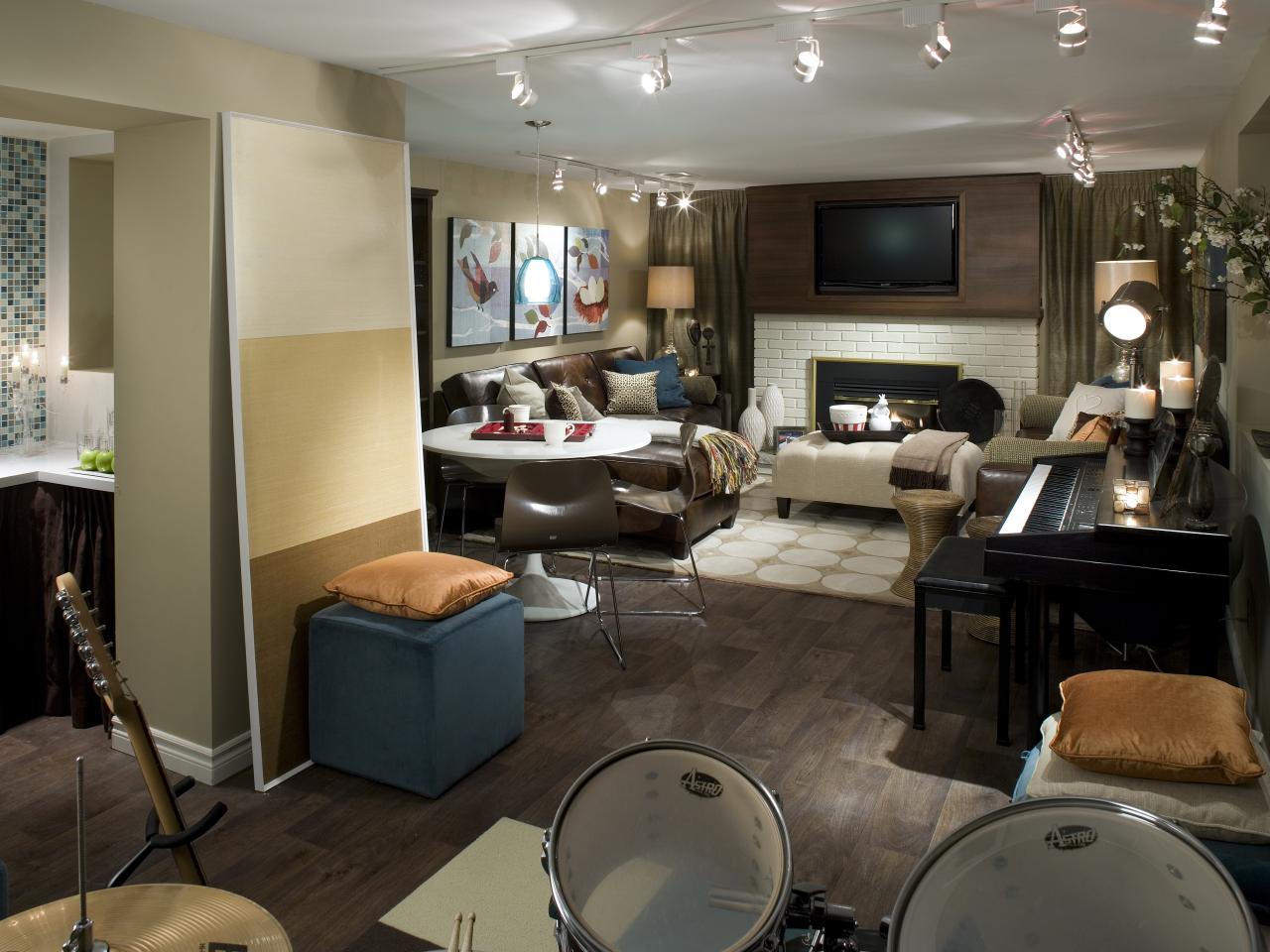
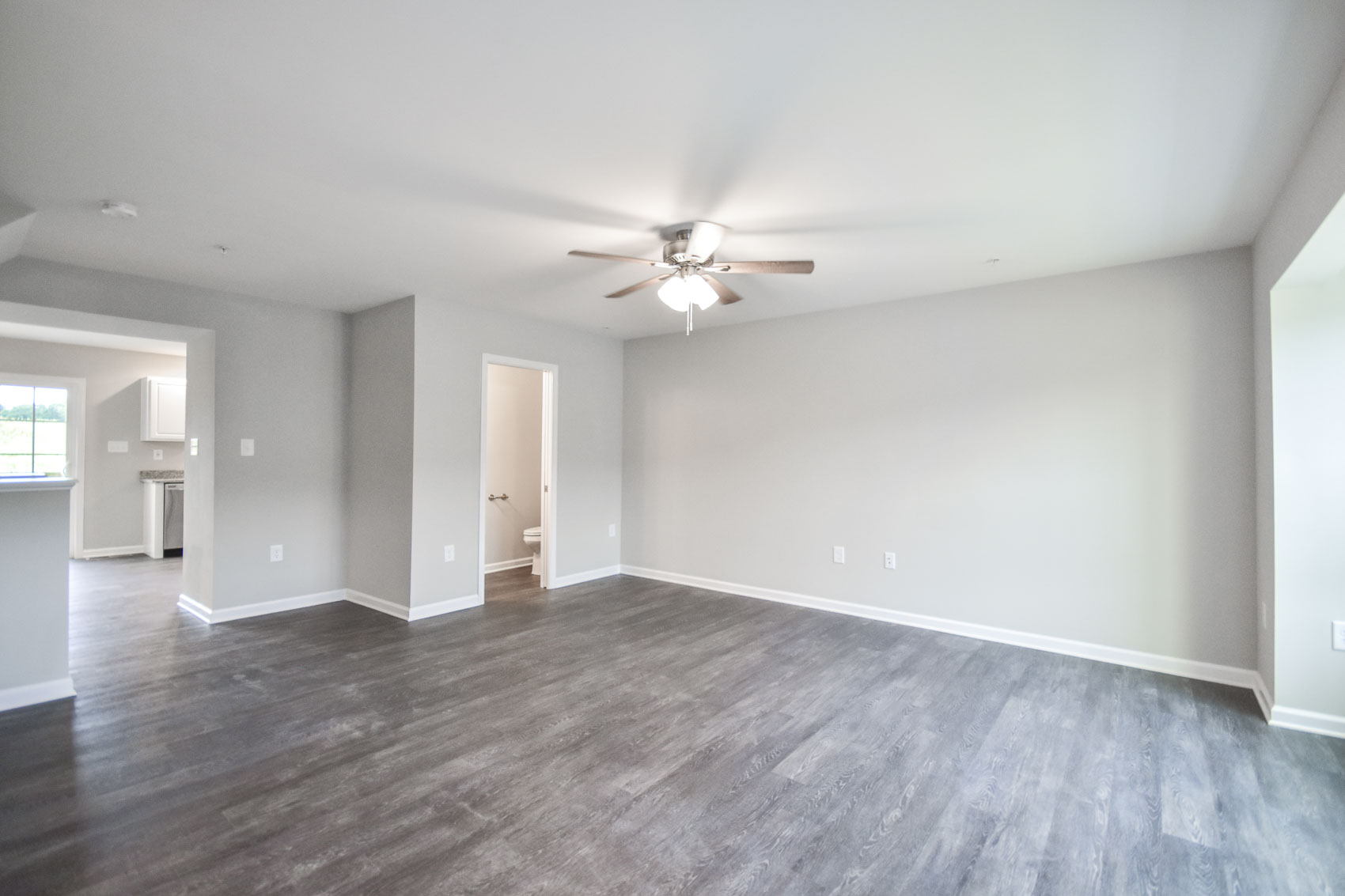

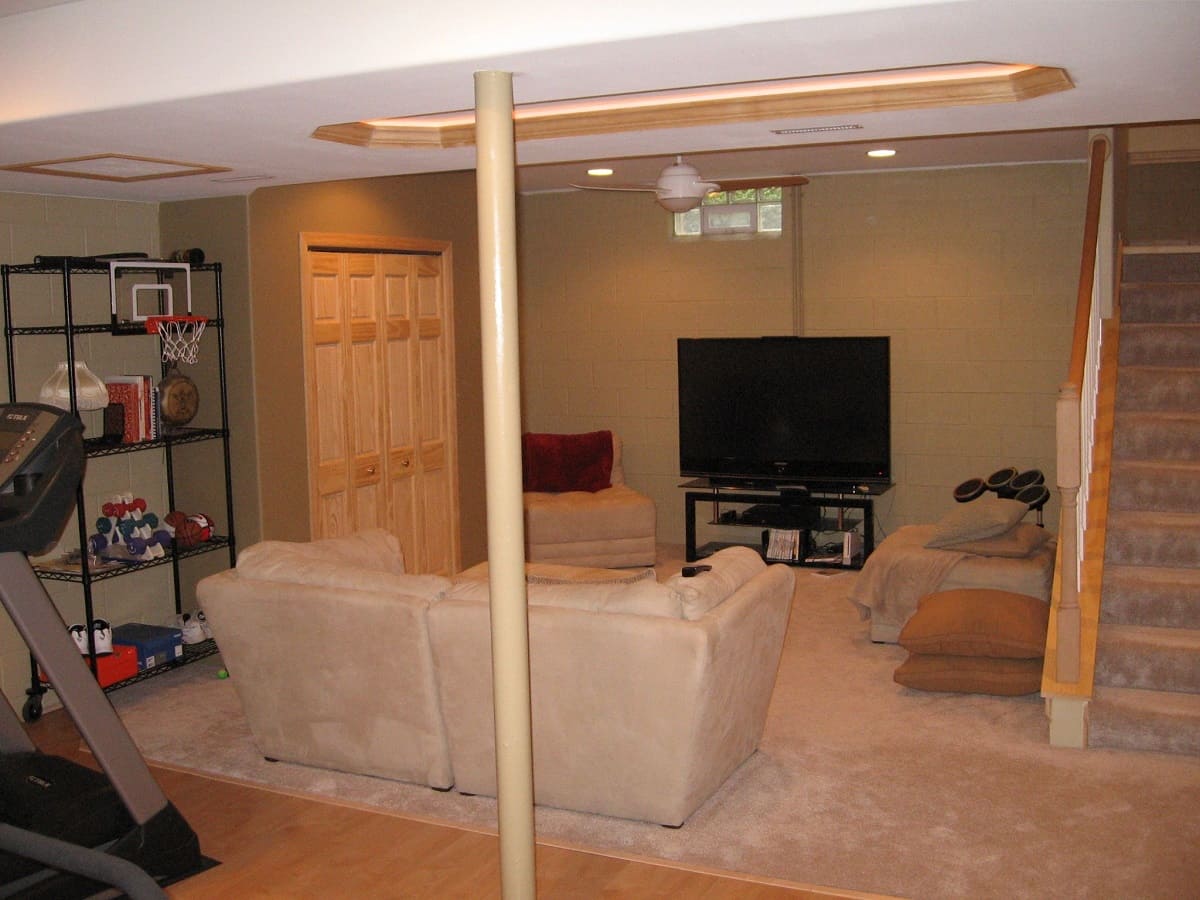
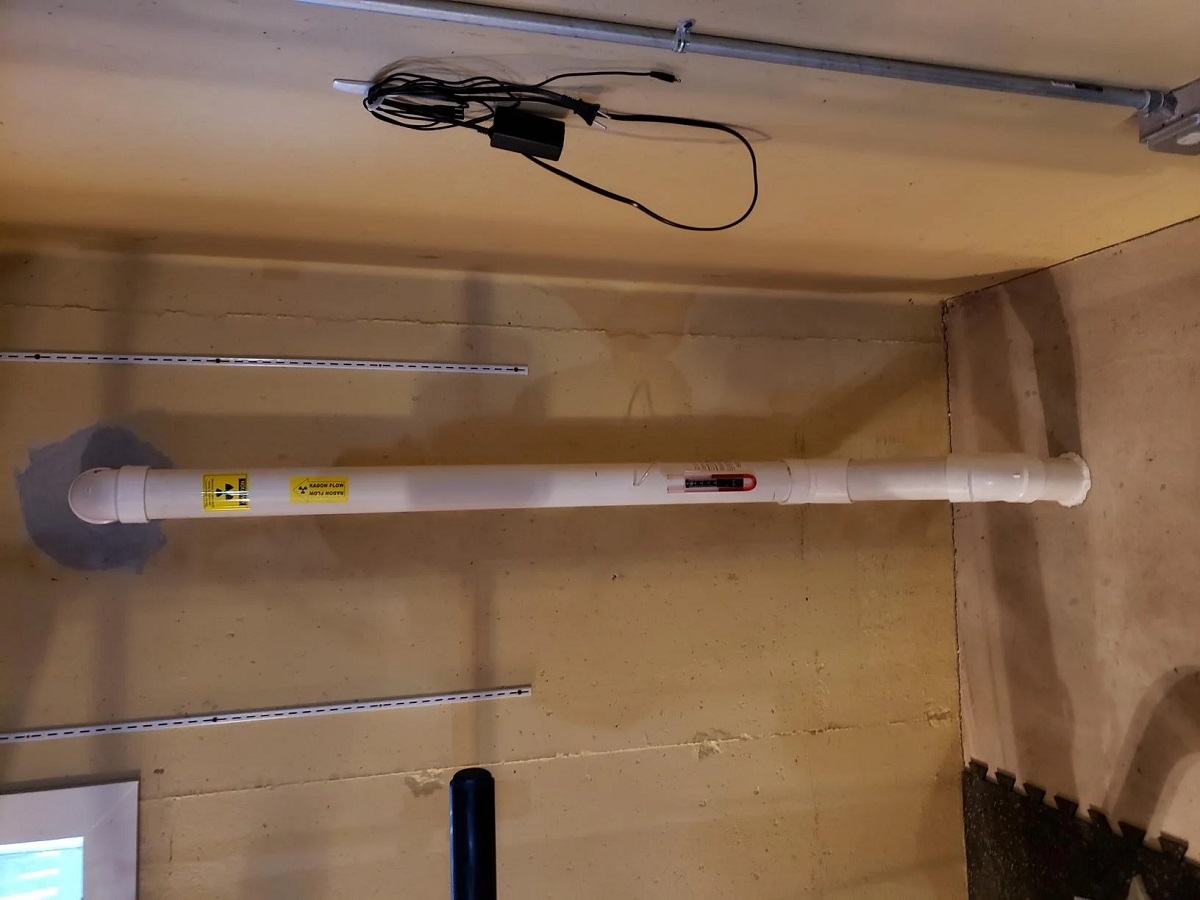
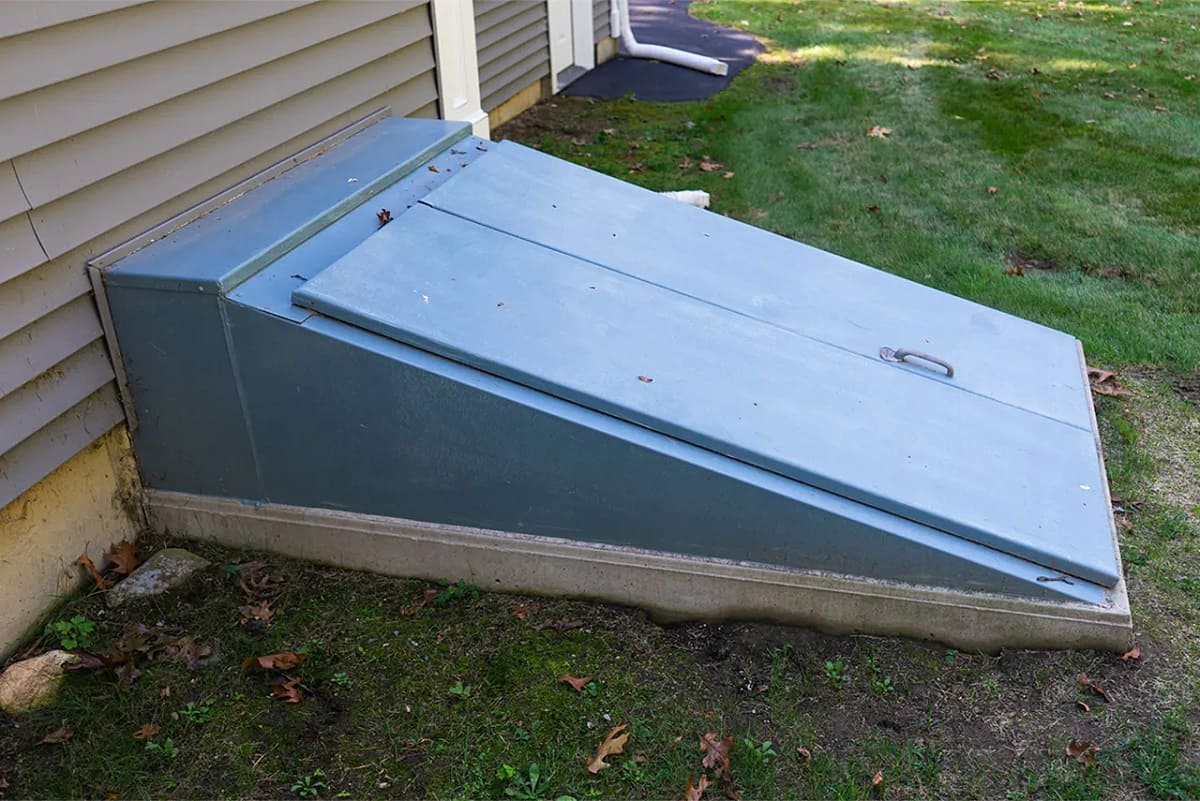
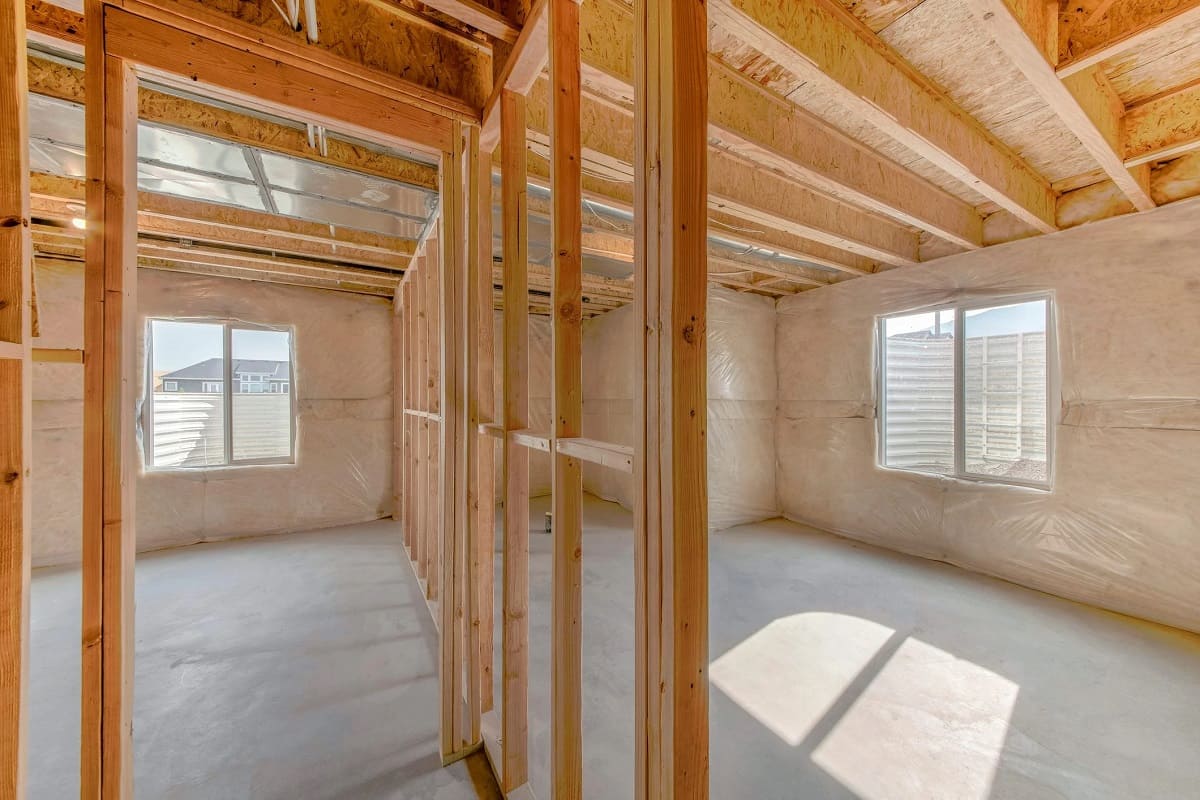
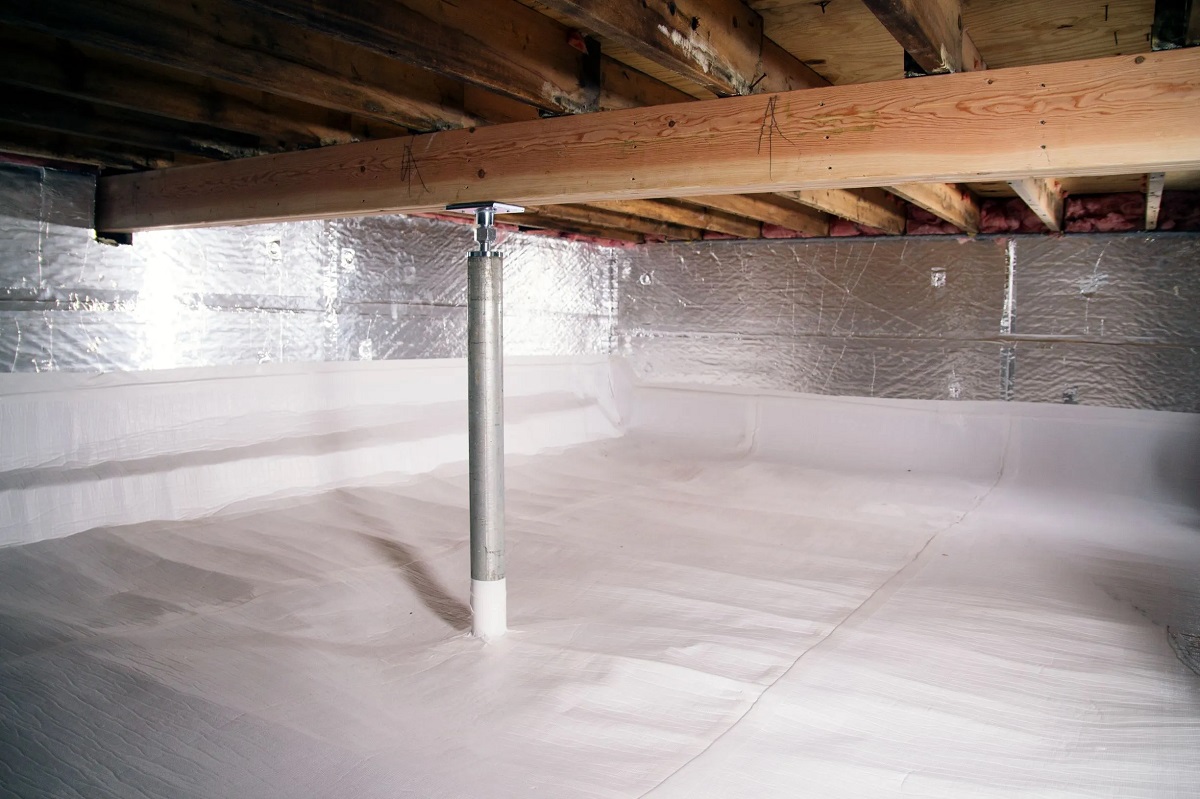
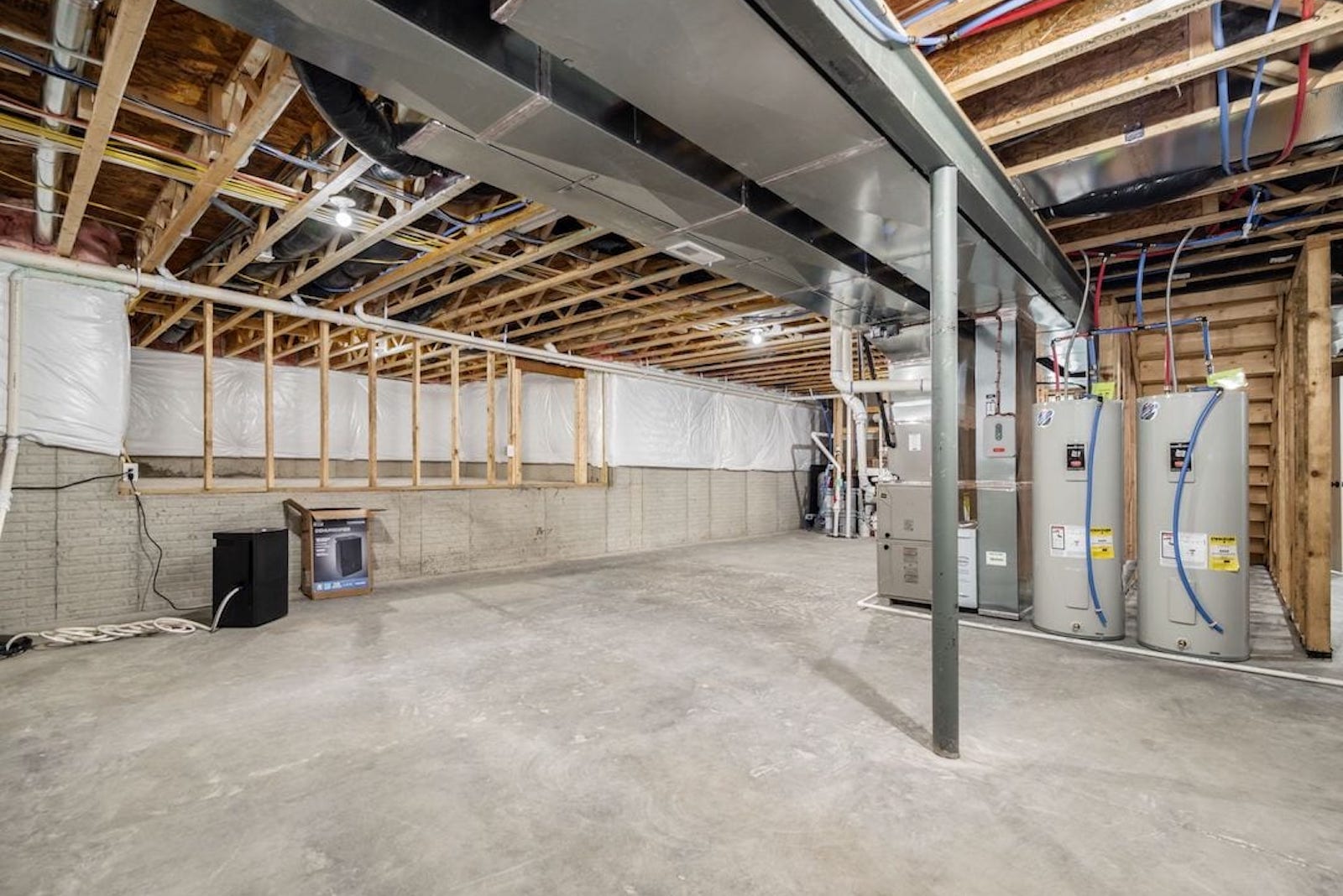
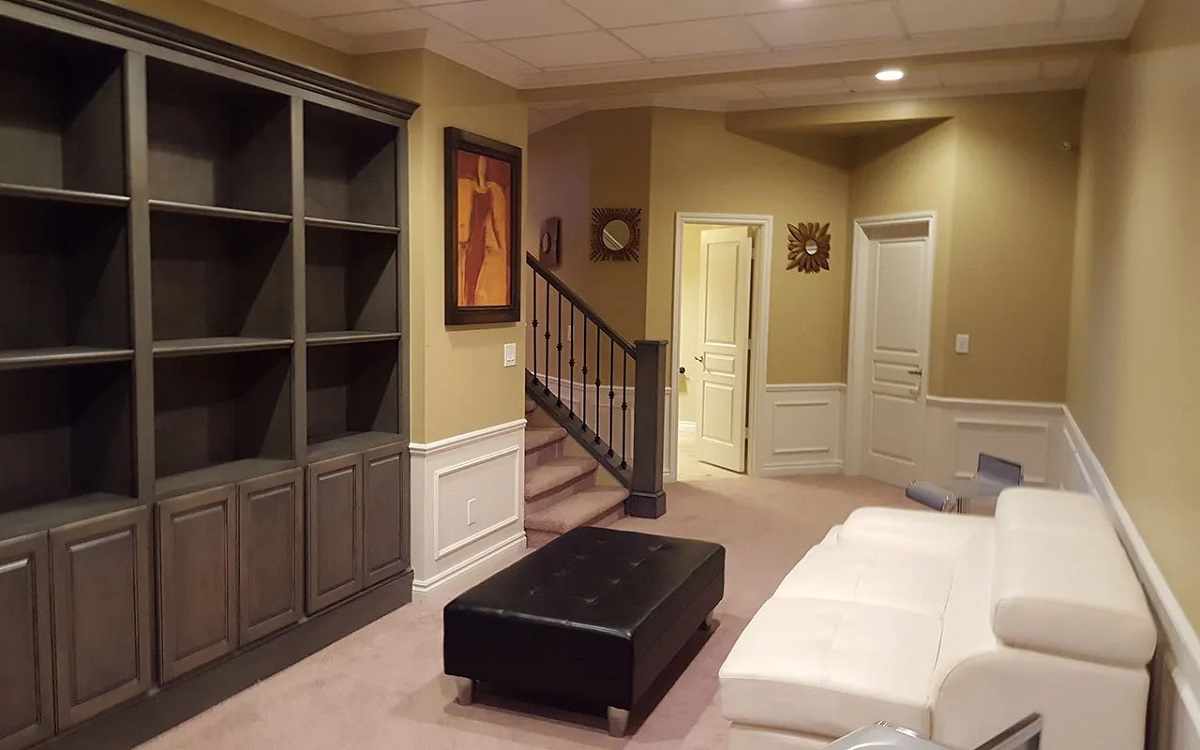

0 thoughts on “What Is A Michigan Basement”